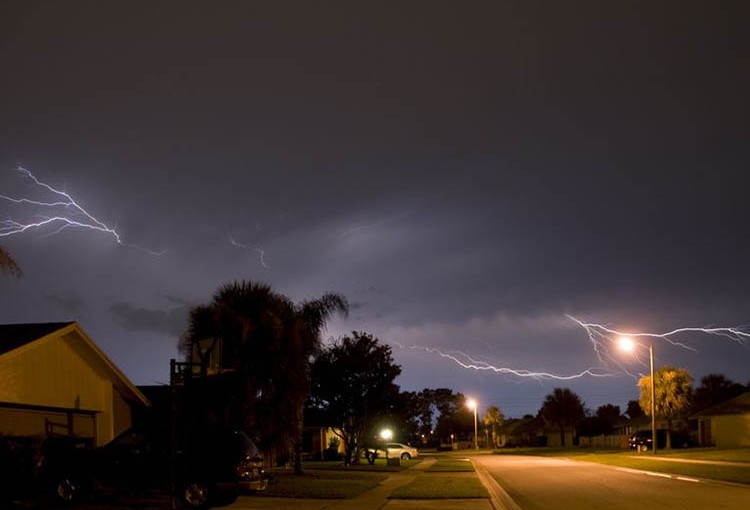Electric system circuit

What is it?
An OPPD circuit receives power from a substation and distributes it to customers over a defined area. Within the city, a circuit can cover a few square miles and hundreds of customers. In our more rural areas, a circuit can cover a much larger area.
How does it work?
By dividing an electrical system into circuits, OPPD can more efficiently serve demand and keep circuits electrically isolated from each other. This isolation limits the number of customers impacted in the event of an outage. This is similar to your home, where you can turn the power off in the living room via the circuit breaker, but leave power on everywhere else.
When there is an outage, OPPD has many devices in place to limit the number of customers who will see an interruption before the entire circuit locks out. This is why some outages are limited to one house, a couple adjacent houses, or an entire neighborhood. If the problem is severe enough, it can impact all of the customers on a circuit.
OPPD’s circuits don’t follow strict boundaries defined by major streets or other landmarks. Instead, utilities arrange them in a manner that makes the most sense electrically. For example, a neighborhood or subdivision is powered by several different circuits. This is very noticeable when an outage occurs and half the street has power while the other half does not.

Laura King-Homan is the manager of Corporate Brand and Communication Operations, at Omaha Public Power District. She has nearly 20 years of print journalism and design experience, including the Omaha World-Herald.
View all posts by Laura King-Homan >







